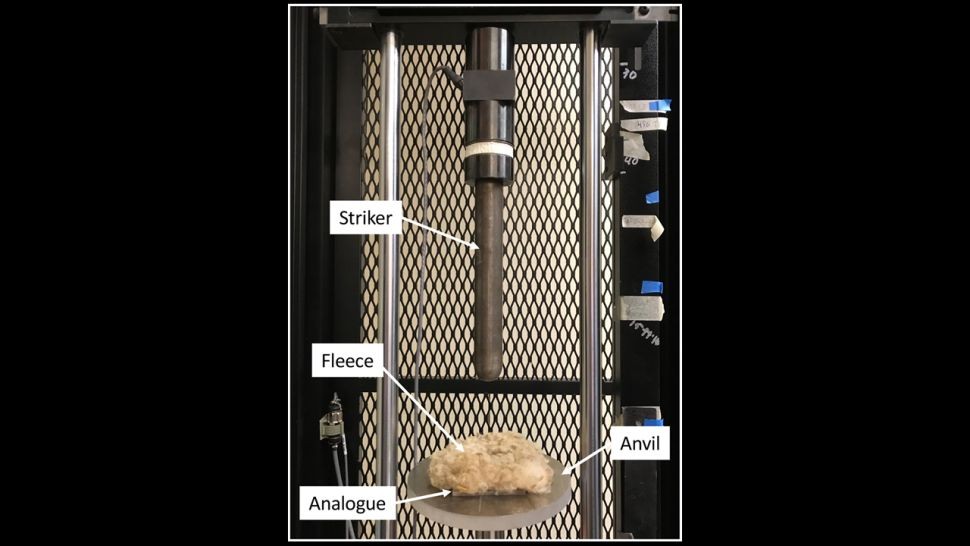Just as the mane of lions helps protect males from attack by their enemies, the beard of men may have evolved to cushion the blows of their opponents, suggests a study .
Throughout history beards have been celebrated by many cultures, considered by some ethnologists to be one of the founding attributes of manhood. This is still the case today. Among many, the beard is also considered a purely aesthetic attribute. From an evolutionary point of view, Charles Darwin (who himself sported a glorious beard) viewed these "chin hairs" as mere "adornment" intended to attract the attention of women. But is this really the case?
Indeed, facial hair is one of the most sexually dimorphic features of a man. It has sometimes been suggested that these facial hairs may play a role in male competition . A new study published in the journal Integrative Organismal Biology shares this point of view. According to these researchers, the human beard would indeed have the function of cushioning and absorbing the blows of opponents to the face , just as a lion's mane protects this predator from the claws and fangs of its enemies.
Thus, according to the authors of the study, the set of hair covering the chin, cheeks, jaw and surrounding the lips of men could have evolved in response to the need for win battles.
To test this theory, the researchers developed several models that mimic the bone structure of a human skull. Each sample was wrapped in sheepskin (along with the wool). It was indeed "impractical to obtain fully bearded skin samples from human cadavers according to the researchers. While sheep's fleece is indeed not a perfect analog for beard hair, "the volume of follicles in [these] fleece samples approximately matched the volume of follicles present in a full beard “.
For this experiment, three types of samples were tested. Some were covered with wool, thus making it possible to evaluate the effectiveness of a full beard to cushion an impact. Others were wrapped in wool, but sheared. This made it possible to assess whether or not the roots of the hair follicles could provide protection against blows. And finally, some samples were blank. That is, they represented jaws without beards.
The researchers then performed drop-weight tests, placing the samples on an anvil and releasing a blunt rod onto it. The process is pictured below:

The results of these experiments actually show that the "full beard" samples resisted the "attacks" better. They absorbed almost 30% more energy than samples with sheared or shaved hair.
As an example, under a machine setting with a blow that damaged all "no barb" samples and 95% of the sheared samples, only 45% of the "solid" samples have cracked or broken . They also took longer to reach their breaking point after an impact.
“The results of this study indicate that bristles are indeed able to significantly reduce the impact force of a hard strike and absorb the energy, thereby reducing the incidence of failure . If the same is true for human facial hair, then having a full beard can help protect vulnerable regions of the facial skeleton from damaging strikes “, said the researchers.
However, more research will be needed to try to explain precisely this protective effect.
Source